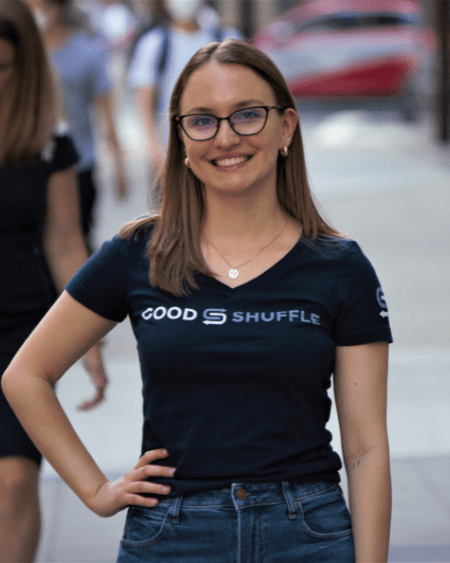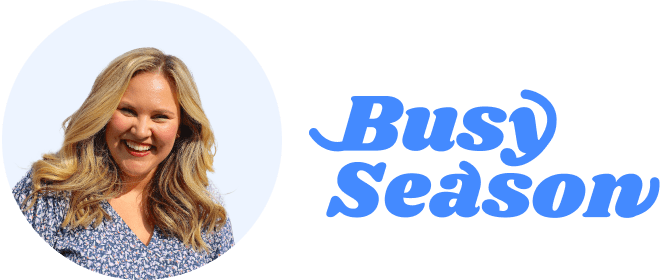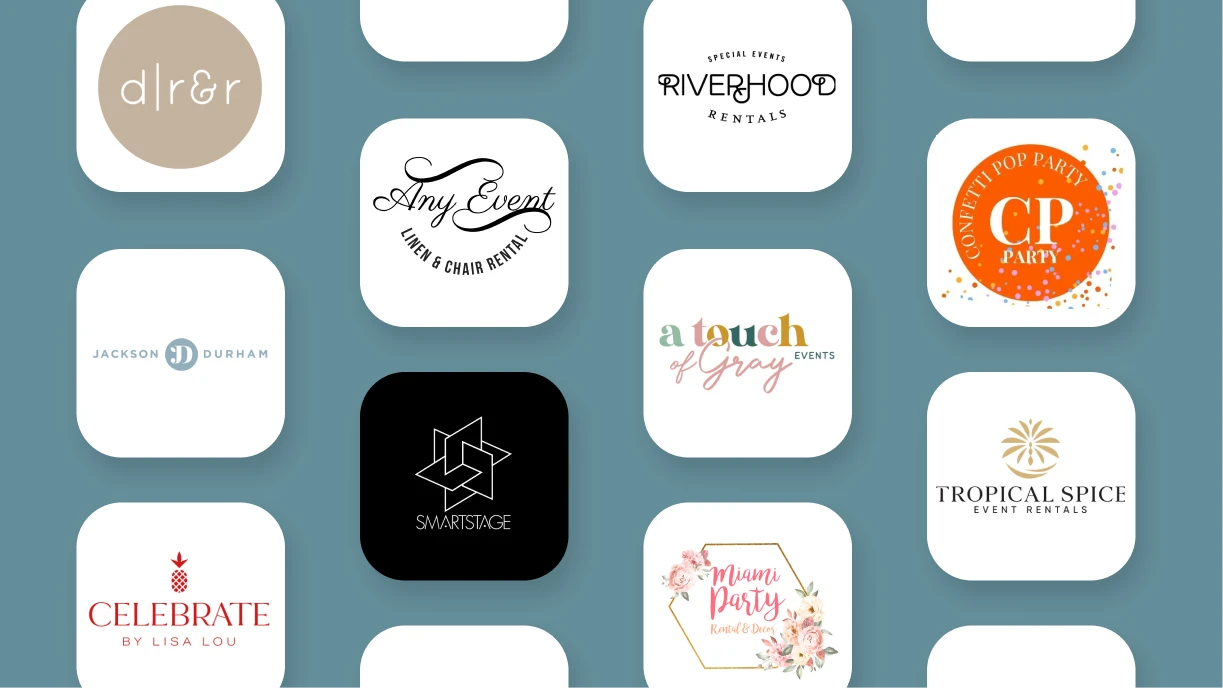Facebook Ads are your most powerful tool to reach the perfect new audience to bring more traffic to your website, profile page, shop, and more. With the ability to choose a smart daily budget, target your client base and reach new potential customers, Facebook Ads Manager places all control into your hands with an easy-to-operate and comprehensive advertising hub. Read all about Facebook Ads with Valerie McCartney, Owner of Wedding Ads That Work and Enticing Tables, and keep these tips in mind when creating your first Facebook ads. We know it can be intimidating to be an event company on social media, so we’ve outlined the basic steps here! For a more comprehensive dive, reach out to Valerie to schedule tutoring.
What Are Facebook Ads, and Why Should Event Professionals Invest in Them for Marketing?
Because normal in-feed posts (a.k.a, the posts that you put out on your own!) are only seen by approximately 1.2% of your Facebook followers and 4% of Instagram followers, Facebook Ads are a great way to reach not only a wider audience but a more specialized customer base. With Facebook Ads, you can target specific characteristics of who you want to reach and get your ad in front of your ideal customer.
Facebook Ads Manager is designed to reach your desired audience to turn over engagement and ultimately drive your customer right to your desired location such as your website, profile, and more. The great thing about Facebook Ads is that they are designed to get people off of Facebook and onto your site, where they can learn more about you and your company without distraction from their timeline. This means that completely new leads are being introduced to your company, which opens you up to book more business.
Setting Up Your Account
The best way to set up an account with Facebook is by creating a Business Manager account, so you can fully target the people you want to reach and take the next steps beyond Facebook. Within Facebook’s Business Manager, you have access to the creation of ads along with the ability to track engagement, measure conversions, and pinpoint who exactly the ad will be reaching. This is different from a regular Facebook page, which does not give you access to ad creation.
From the start, you will be able to choose your ad campaign objective, whether that be brand awareness, engagement, store traffic, or more. From there you can edit the campaign details, run A/B tests to see which ads work best, set the images and videos you want to use, and choose your campaign budget through Facebook’s budget optimization tool.
Choosing Your Budget
Valerie recommends a campaign budget that starts at $5/day. It is important to note that an ad that performed well once before may not perform as well later, or can fail to achieve any of the goals set for it due to the ever-changing advertising landscape. It’s always great to create new campaigns even if the end goal is the same because you are always competing against other brands that are also fighting for your ideal customer’s engagement.
A pro tip from Valerie: If you have an ad that is performing well, it is advisable to increase the amount that you are spending on it in small increments. The more you spend on the ad, the longer it will run and the more people in your target audience will see it. Once the ad begins to lose its longevity and the engagement and turnover rates begin to drop, that is the time to stop spending money and to think about ending the campaign as a whole.
The most important thing to remember is that in order to achieve a great campaign, you need to spend money! Trial and error will be your best friend with Facebook Ads Manager, and the end result is sure to exceed your expectations.
Choosing Your Audience
Facebook Ads are a dream come true for companies that know their typical clients (their buyer personas), and it rewards those who have their audience down to a T. When it comes time to choose your audience, the audience portion of the campaign can be your best friend, but also the most time-consuming portion of the ad making process. You can choose the age range, gender, and other general demographics of your audience, along with more specific characteristics by editing “Detailed Targeting.” For example, you can choose to target women in their 30’s based in San Francisco who have their relationship status set to “engaged.” Bingo! You’ve found your target audience.
Each demographic, interest, or behavior will inform you of how many users belong to each group. For example, “dogs” has over 500 million users who are interested in that topic, however “Black Lab” only has 107,000 users who are interested. The more specific you get, the better you will be able to target your ideal audience.
Facebook Ads are not only great for reaching new audiences but you can also reach your already existing audience. Current customers and leads in your databases will be a great jumping-off point for testing how exactly Facebook Ad audience targeting works, and you will be guaranteed to reach who you want to!
Choosing Your Creative
Creative is a word that can be used to describe an ad, social media post, an image in an email, etc. Facebook Ads are most powerful when they have a creative aspect to them whether they’re image-based, videos, shopfronts, or image carousels.
Images: Images are just that; a promoted image. When selecting an image it is important to make your call to action obvious. Your call to action should explicitly direct your audience to wherever you want traffic. This could be putting “swipe to shop” or “find out more here” on the image, however, know that when a customer clicks on your image they will automatically be directed to your desired location. Keep images clean and clear, and refrain from making them too busy as this can distract and detract from your call to action.
Videos: Videos operate in the same vein as images, with a need to have a clean and clear call to action. However, unlike images, videos allow themselves to have more information and are more visually engaging for the viewer. With the ability to have music or a voiceover, more information can be shared over the course of the video to help the customer better understand what you are offering, and in turn, what you need them to do.
Shopfronts: Shopfronts, or collections as Facebook calls them, are great for e-commerce companies that have multiple products to sell. The ability to showcase products as if the ad itself is your storefront allows customers to see exactly what you sell, along with letting you showcase your inventory. A great way to use this feature is, for example, if you are trying to advertise to people planning a wedding. You can share images of your beautiful Chiavari chairs, floral arrangements, vintage decor, or anything else you would like to promote.
Carousels: Carousels are like storefronts but in an image carousel format instead of a grid where you can scroll through images and view them individually, just like on Instagram posts. These are great for companies that have multiple products to share, and allow for customers to browse via side-scrolling. They also explicitly list the item price on each carousel and allow viewers to pick which item they are interested in.
Facebook Ads Manager opens up your business to endless possibilities to reach your current audience, plus new leads, in a comprehensive way. With countless options for audience targeting, creative advertising types, and explicit budget setting, Facebook Ads are a great way to dive into the world of online advertising.






